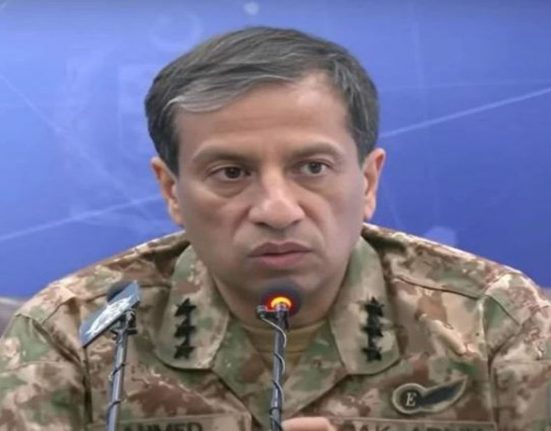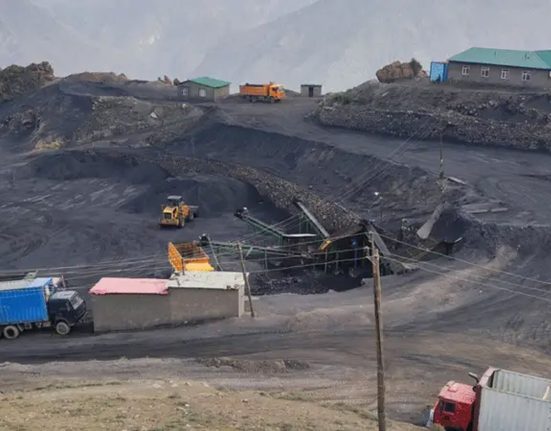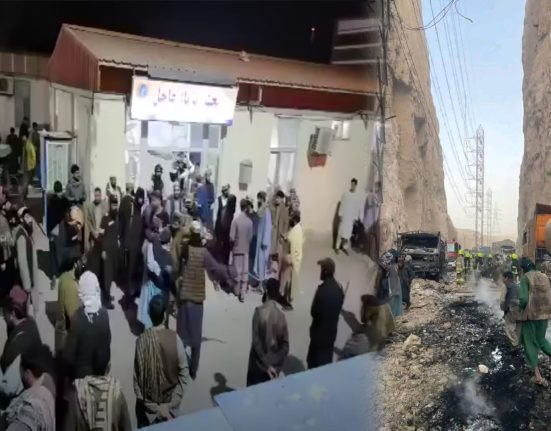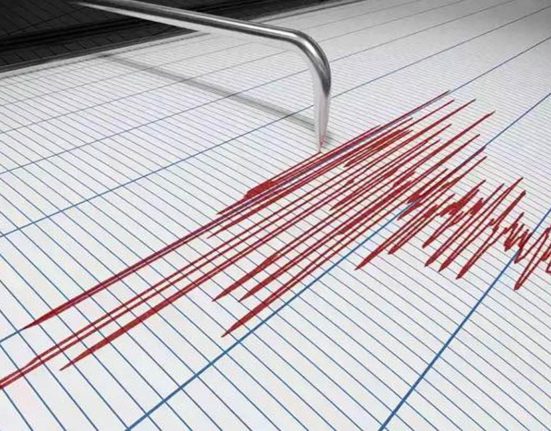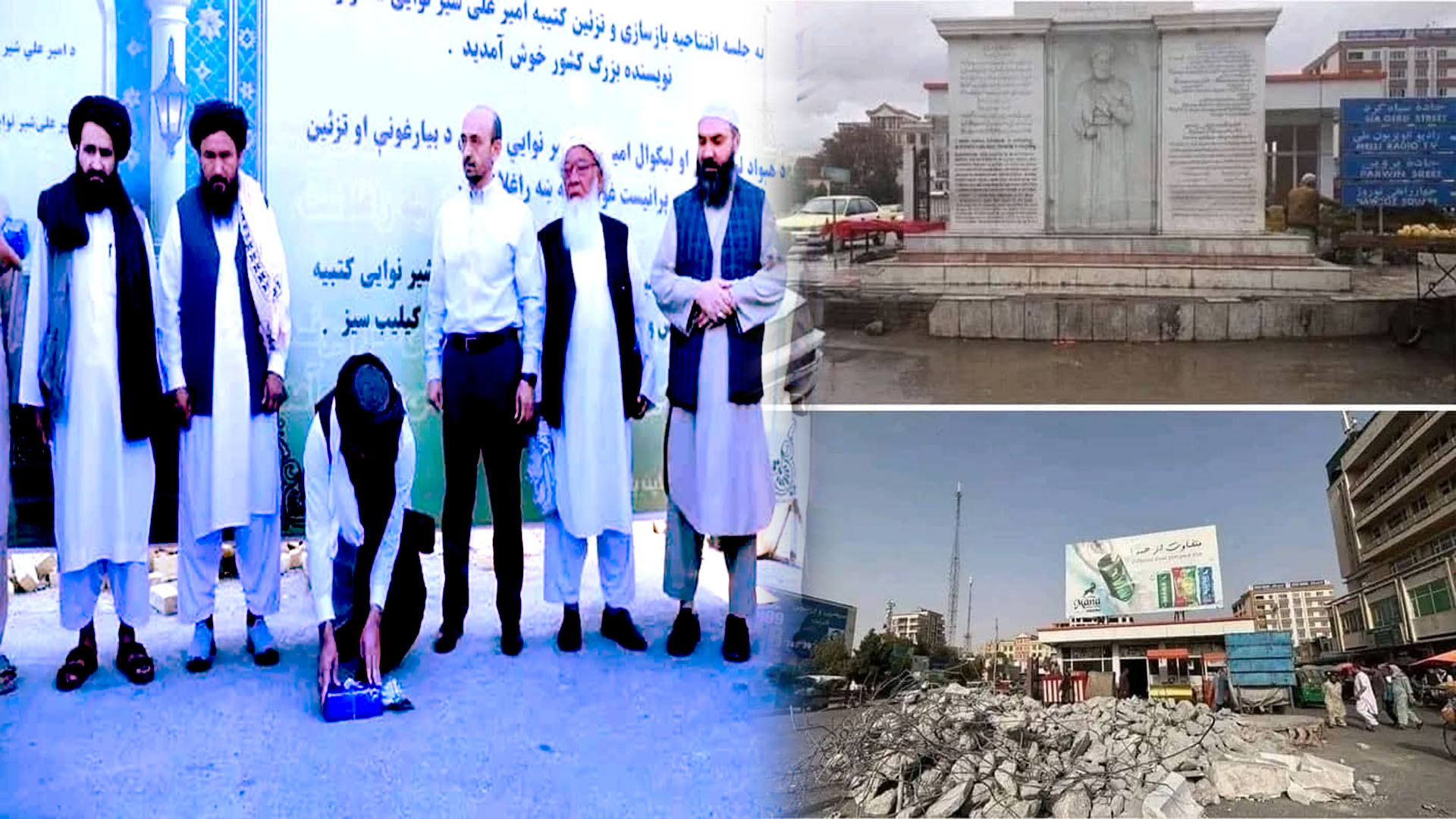
Can reconstruction clear the Taliban’s image of culture and history?
The mayor of Balkh expressed regret over the destruction of the monument to Amir al-Kalam Mir Ali Shir Navai.
After the destruction of the statue of Amir Ali Shir Navai in Mazar-e-Sharif sparked a wave of anger and protests from Afghan cultural figures and Uzbek officials, the Taliban hastily announced that they had launched a new project to restore the monument.
But instead of allaying concerns, the move has raised new questions among cultural elites: Can reconstruction clear the Taliban’s image of culture and history?
Following the news of the destruction of Navai’s monument, the Uzbek Foreign Ministry quickly demanded an explanation from the Taliban. Ahrar Burhanov, a spokesman for the ministry, emphasized that Navai was not only a Timurid poet and thinker, but also an important part of the common regional heritage.
Afghan Turkic civil and social associations also described the destruction of the statue as a “direct attack on collective identity” and an anti-cultural act.
Abdul Rahman Hemmat, the Taliban mayor in Mazar-e-Sharif, admitted in a press conference that the destruction of the Navai monument was a “mistake” and that its reconstruction is now on the agenda at a cost of about 1.5 million Afghanis.
He promised that the new building will include an inscription, a memorial minaret, green space and dais and will be completed within a month.
However, many cultural figures believe that the reconstruction is not out of belief in historical values, but rather an attempt to manage the crisis and reduce the pressure of public opinion.
According to civil activists, the Taliban have a long history of destroying cultural symbols – from the Bamiyan idols to restrictions on art and music – and cannot hide their past with a show project.
Regional Reflections and the Significance of Navai’s Symbol At the groundbreaking ceremony, Uzbek Consul General in Mazar-e-Sharif, Fattahyev, emphasized that the reconstruction of Navai’s monument is an opportunity for younger generations to become familiar with this great thinker.
Can cultural heritage survive under the Taliban’s restrictive policies, or will this reconstruction be just a temporary gesture?
Navai’s monument has now become a symbol beyond a stone statue; a test of the Taliban’s honesty towards history and culture. Afghan cultural figures have warned in a clear tone that the history and identity of the people cannot be destroyed with a bulldozer and then rebuilt with a few superficial reconstruction projects.
Respect for Navai and his legacy, above all, finds meaning in the practice of cultural freedoms and the preservation of other historical monuments.


